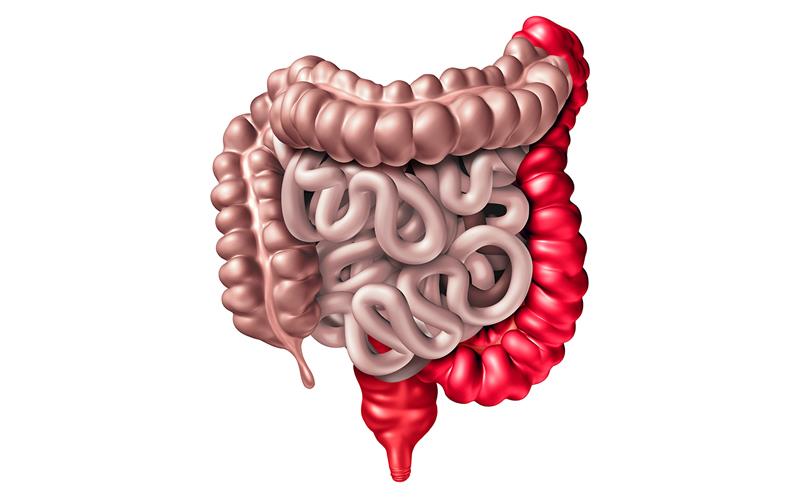JAK inhibitors tied to high remission rates in older adults with IBD





Treatment with Janus kinase (JAK) inhibitors, particularly tofacitinib and upadacitinib, was associated with high rates of clinical, endoscopic, and histologic remission in older adults with moderate-to-severe inflammatory bowel disease (IBD), according to a study presented at CCC 2025.
“Older adults are the fastest growing population with IBD. However, they are underrepresented in clinical trials evaluating the efficacy of advanced IBD therapies,” said Dr Yuntao Zou from the University of California San Francisco, Department of Medicine, California, US.
JAK inhibitors are a novel class of orally administered, small-molecule drugs for IBD, but with limited efficacy data in the older adult population, he noted.
Hence, a single-centre, retrospective cohort study was conducted to determine the effect of JAK inhibitors on 109 older adults with IBD (mean age 58.4 years, 44 percent female), of whom 63 percent had ulcerative colitis and 37 percent had Crohn’s disease. All participants received JAK inhibitor monotherapy, either tofacitinib (n=45) or upadacitinib (n=64).
At 24 months, 41 percent of the participants achieved clinical remission, 65 percent achieved endoscopic remission, and 39 percent achieved histological remission. Remission rates did not differ between the tofacitinib and upadacitinib treatment groups, Zou noted. [CCC 2025, abstract P103]
However, patients treated with tofacitinib had a higher rate of flare during maintenance (45.5 percent vs 14.3 percent; p=0.000) and flare requiring hospitalization (22.7 percent vs 4.8 percent; p<0.05) than those treated with upadacitinib.
Also, the percentage of patients requiring IBD-related surgery was higher among those taking tofacitinib than upadacitinib (17.8 percent vs 3.1 percent; p<0.05).
“Nevertheless, adults aged ≥50 years who underwent treatment for IBD with JAK inhibitors were found to have high efficacy rates for achieving clinical, endoscopic, and histologic remission,” said Zou.
Safety
A separate study, presented by Ms Nicole Garcia, a medical student at University of California San Francisco, Department of Medicine, California, US, assessed the safety of tofacitinib and upadacitinib treatment in the same population. [CCC 2025, abstract P109]
In both treatment groups, the most common adverse event (AE) observed was mild-to-moderate infection, with 10 percent of patients experiencing upper respiratory infections and 5 percent experiencing skin infections.
The proportion of patients who discontinued treatment due to AE was significantly higher in the tofacitinib group than the upadacitinib group (9 percent vs 0 percent; p=0.027).
Except for discontinuations due to AE, no major differences in AEs were observed between upadacitinib and tofacitinib, said Garcia.